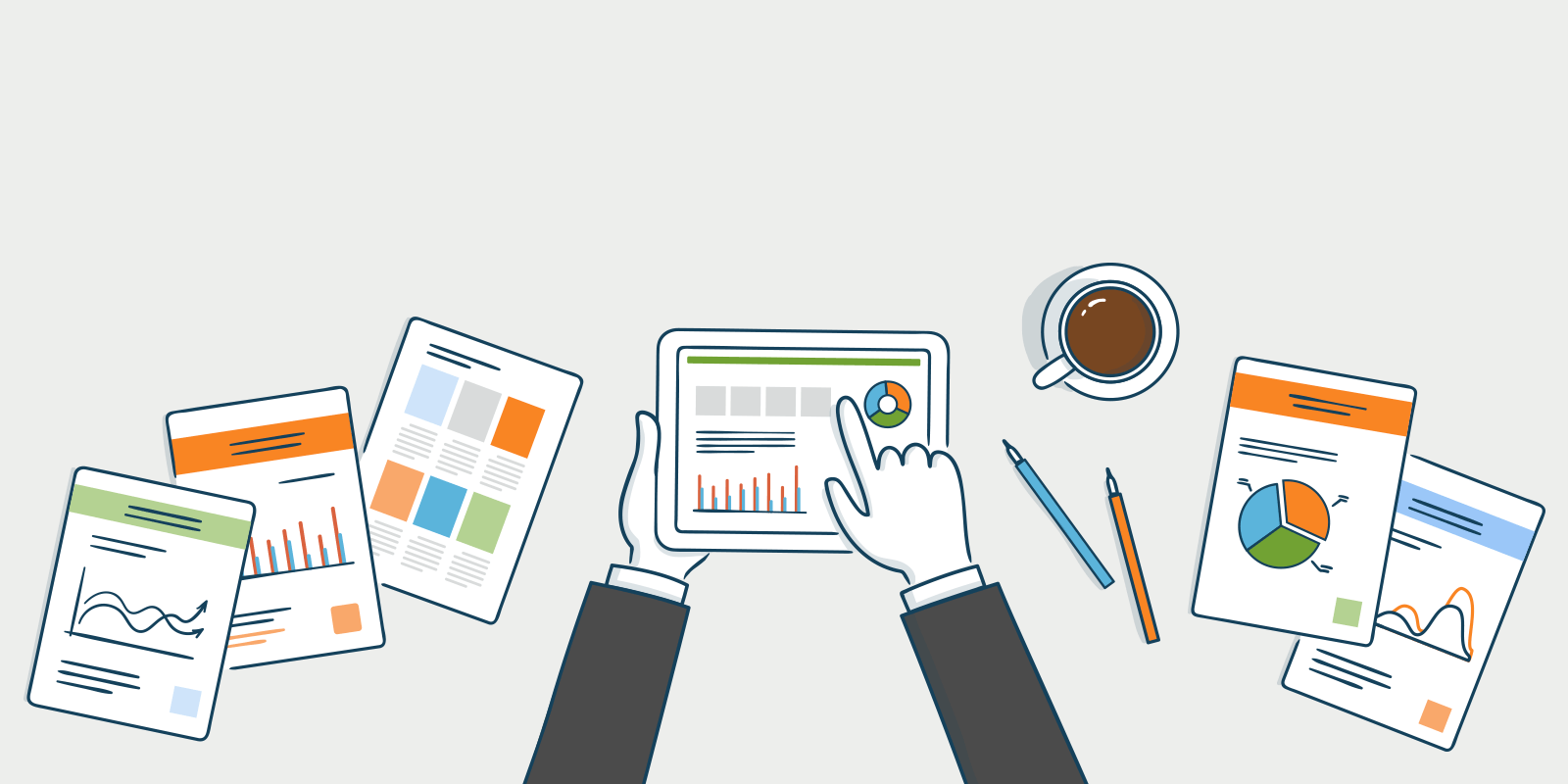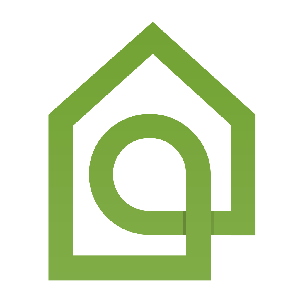
A good measure of a (buy-to-let) BTL’s cash flow is the rental yield. To achieve a healthy cash flow for your BTL property, it’s important to aim for rental yield values of at least 5%. But what does that actually mean for your bottom line?
Understanding cash flow helps you determine if your rental property is profitable and worth keeping. In this article, we’ll cover what cash flow is, why it matters, and how to calculate it for your BTL so you can make the most of your investment. Let’s start by understanding the importance of cash flow for BTL.
The importance of Buy-to-Let cash flow for investors
Cash flow refers to the net income generated by your rental property after deducting all expenses like mortgage payments, taxes, insurance, maintenance, and vacancies. It represents the actual profit from your investment. For buy-to-let investors, positive cash flow means your rental income exceeds your expenses, leaving you with money in your pocket each month.
Cash flow is the lifeblood of any rental property. Without positive cash flow, your rental business isn’t sustainable in the long run.
Some key reasons cash flow is so important are as follows:
- It allows you to pay expenses like maintenance, repairs, insurance, and property taxes. If your cash flow is negative, these costs will come out of your pocket.
- It determines if the property is profitable and worth keeping. Negative cash flow usually means you’re losing money each month.
- It impacts your returns. The higher your cash flow, the higher your returns will be. Most investors aim for at least 1% monthly returns on their rental properties.
- It allows you to expand your portfolio. The more cash you have coming in each month, the more you can reinvest in new properties.
- It provides you with income and financial security. Positive cash flow from your rentals can generate income to live off of or save for retirement.
Having understood why a positive cash flow matters, let’s walk through how to calculate buy-to-let cash flow. Knowing how your property generates money will help determine steps you may need to take to maximise your ROI.
How to calculate cash flow for a rental property
To determine if a rental property is profitable and worthwhile, you need to calculate the cash flow using the right formula.
The formula for calculating cash flow is:
(Gross Rent x 50%) – Mortgage P&I = Net Cash Flow
- Gross Rent: Total rent generated by your rental property.
- 50%: This is a percentage used to estimate the operating expenses associated with the property. It assumes that about 50% of the gross rent will be spent on operating costs like property management, maintenance, property taxes, insurance, and other miscellaneous expenses.
- Mortgage P&I: This refers to the principal and interest payments on the mortgage. It accounts for the financing costs of the property.
- Net Cash Flow: The result of the calculation represents the net cash flow, which is the remaining amount after deducting the estimated operating expenses (50% of gross rent) and mortgage principal and interest from the gross rent. It indicates how much cash the property is generating or losing after covering these costs.
So if you charge £1,000 in rent and your mortgage payment is £600, you can calculate your cash flow as follows:
Step 1. £1,000 x 50% = £500
Step 2. £500 – £600 = –£100
In this case, you have a negative cash flow of £100/month. That’s not optimal! You need to optimise your rental property to attain a good cash flow.
Continue reading to understand what makes up a good/healthy buy-to-let cash flow.
What is considered a healthy cash flow amount?
A good rule of thumb is to ensure cash flow doesn’t go below 10% of the property’s cost of purchase per year. So, if you bought an investment property for £200,000, a healthy cash flow would be £20,000 per year or £1,666 per month. The higher the cash flow, the better, as it means more money in your pocket and a higher return on your investment.
The 1% rule
Another popular benchmark is the 1% rule, which suggests that a property’s rental income should be at least 1% of its purchase price. Using the example above, 1% of £200,000 is £2,000 per month. So, if the rent for that property is £2,000 or more per month, that would be considered a good cash flow amount according to the 1% rule.
A good cash flow means your rental property is generating enough income to pay for itself and still provide you with a solid return on your investment. Keeping your cash flow in a healthy range is key to being a successful buy-to-let landlord. Continue reading for some tips on how to boost your BTL cash flow.
3 tips to improve your Buy-to-Let cash flow
To improve your cash flow and maximise returns, consider the following:
1. Increase your rent
The easiest way to boost your cash flow is to raise the rent. Do some research on rental rates for comparable properties in your area to determine how much you can reasonably increase it. You want to set the right rent by finding the “sweet spot” that maximises your income without driving tenants away or increasing vacancy periods.
Even small, incremental rent hikes of 3–5% occasionally can significantly improve your cash flow over time.
2. Lower your expenses
Look for ways to cut costs on your BTL property. Shop around for lower utility rates and insurance premiums. Consider making energy-efficient upgrades that can reduce bills in the long run, like improved insulation, LED lighting, or smart thermostats. You should also limit non-essential maintenance and repair costs when possible.
Keeping expenses in check means more of your rental income goes straight to your bottom line.
Extra tip: To track your expenses, we recommend landlords opt for a cloud property management software like Rentila.
3. Increase occupancy
The more tenants occupy your BTL property, the higher your rental income and cash flow will be. If you have a multi-unit building, focus your efforts on keeping vacancy rates low by quickly turning over and re-leasing empty units. You can also make your property more attractive to tenants by allowing pets, updating amenities, or offering move-in specials and incentives when needed. The key is optimising the amount of time your units are rented and generating steady income.
With some strategic moves, you can significantly boost the cash flow from your BTL investment property. Even incremental changes over time can have a big impact, allowing you to reap the financial rewards of your investment. Keep making improvements and monitor your cash flow regularly to ensure it remains healthy and sustainable for the long run.
Frequently asked questions
What is the cash flow of buy-to-let?
Buy-to-let cash flow is essentially the net amount you earn from your rental property, which is calculated by subtracting all associated expenses from the rental income. To get an accurate figure, it’s critical to include every expense, such as mortgage payments, maintenance costs, management fees, and taxes, rather than making estimates. Overlooking any costs can lead to an inaccurate estimation of your property’s profitability.
What is a good amount of cash flow?
A good amount of cash flow is typically enough to cover 3 to 6 months’ worth of operating expenses. This cushion allows for financial stability and the ability to handle unforeseen costs. Effective cash management also entails recognising when it’s advantageous to invest cash in opportunities that could enhance your financial position rather than just keeping it on hand. Balancing liquidity with strategic investments is key to maximising your cash flow’s potential.
What is a good ROI for BTL?
A good return on investment (ROI) for buy-to-let (BTL) properties is generally considered to be around 4.8% to 5%. This range represents a solid net return that is attractive to investors, striking a balance between risk and reward. It’s important to note that these figures can vary based on market conditions, location, and property type. Therefore, investors should always perform due diligence to determine the potential ROI for each specific investment opportunity.
Should cash flow be high or low?
Cash flow should generally be high, as it indicates financial health and capability to pay bills and liabilities, which is crucial for smooth operations. However, it’s worth noting that low or negative cash flow isn’t always problematic — it can sometimes reflect strategic investments aimed at long-term growth rather than immediate financial distress.
Is negative cash flow bad for investment property?
Negative cash flow on an investment property is bad, as it means the property’s rental income isn’t covering expenses and debt payments. This situation can strain your finances, requiring you to cover the shortfall. However, some investors may tolerate this if they anticipate the property’s value to increase significantly over time. But generally, positive cash flow is preferred for stability and long-term success in real estate investing.
How do you profit from buy-to-let?
To profit from buy-to-let properties, focus on locations with increasing rental demand, ensuring rental income surpasses your investment’s costs. Adopt a long-term strategy to maximise returns, stay updated on landlord laws to avoid costly penalties, and offer longer leases for steady income. Additionally, protect your investment with appropriate insurance to mitigate potential risks. These steps can help secure a profitable and sustainable buy-to-let venture.
What is a healthy cash flow for your BTL property?: things to remember
- The average cash flow on a rental property is around 10–15% of the property cost per year.
- Cash flow is a critical metric to watch because it determines the long-term viability and profitability of your rental investment.
- By regularly calculating your cash flow using the formula outlined above, you’ll know if your property cash flows well or if you need to make some changes.
- With strong positive cash flow, your BTL will keep generating profits year after year.
- Different ways to increase your BTL cash flow include raising rents, reducing expenses, and increasing occupancy.



 Protect the environment. Reduce paper consumption and help save the trees as well as save money at the same time.
Protect the environment. Reduce paper consumption and help save the trees as well as save money at the same time. 
